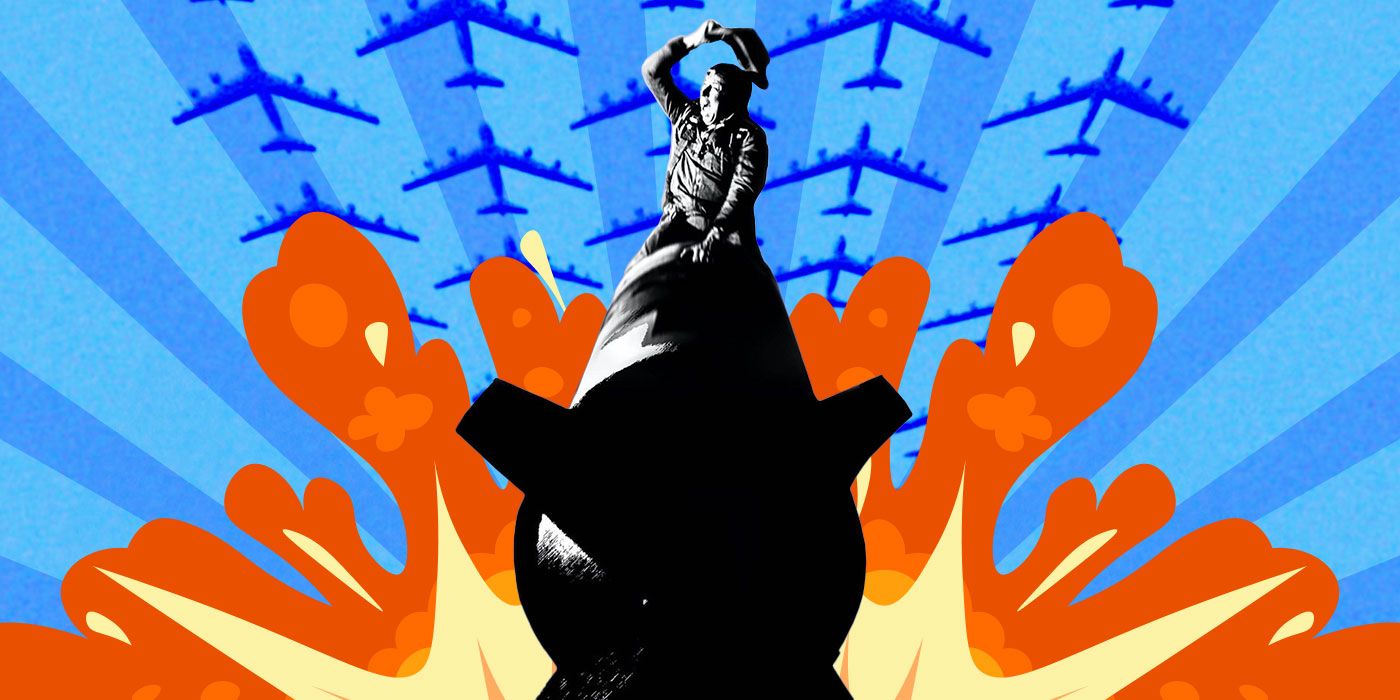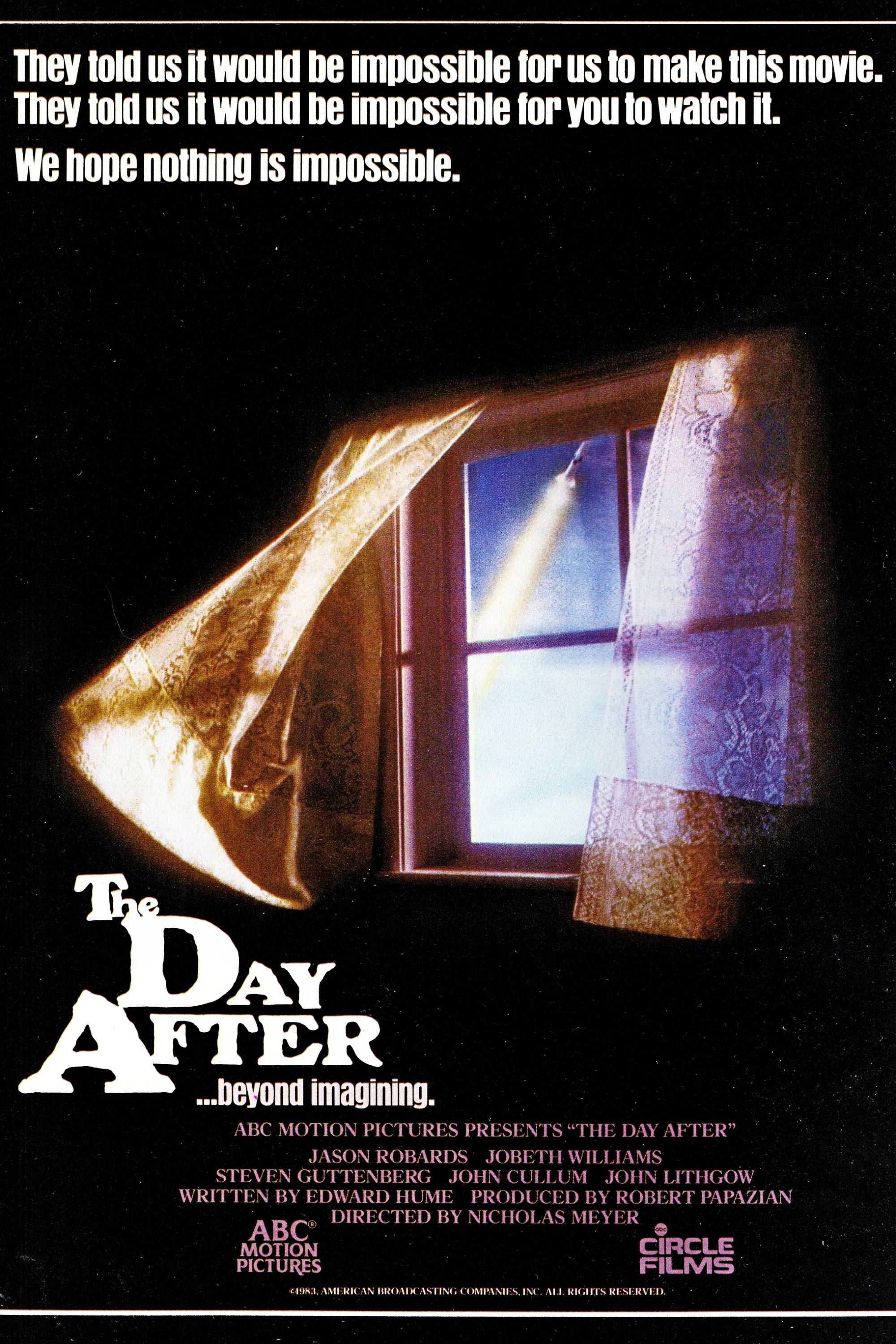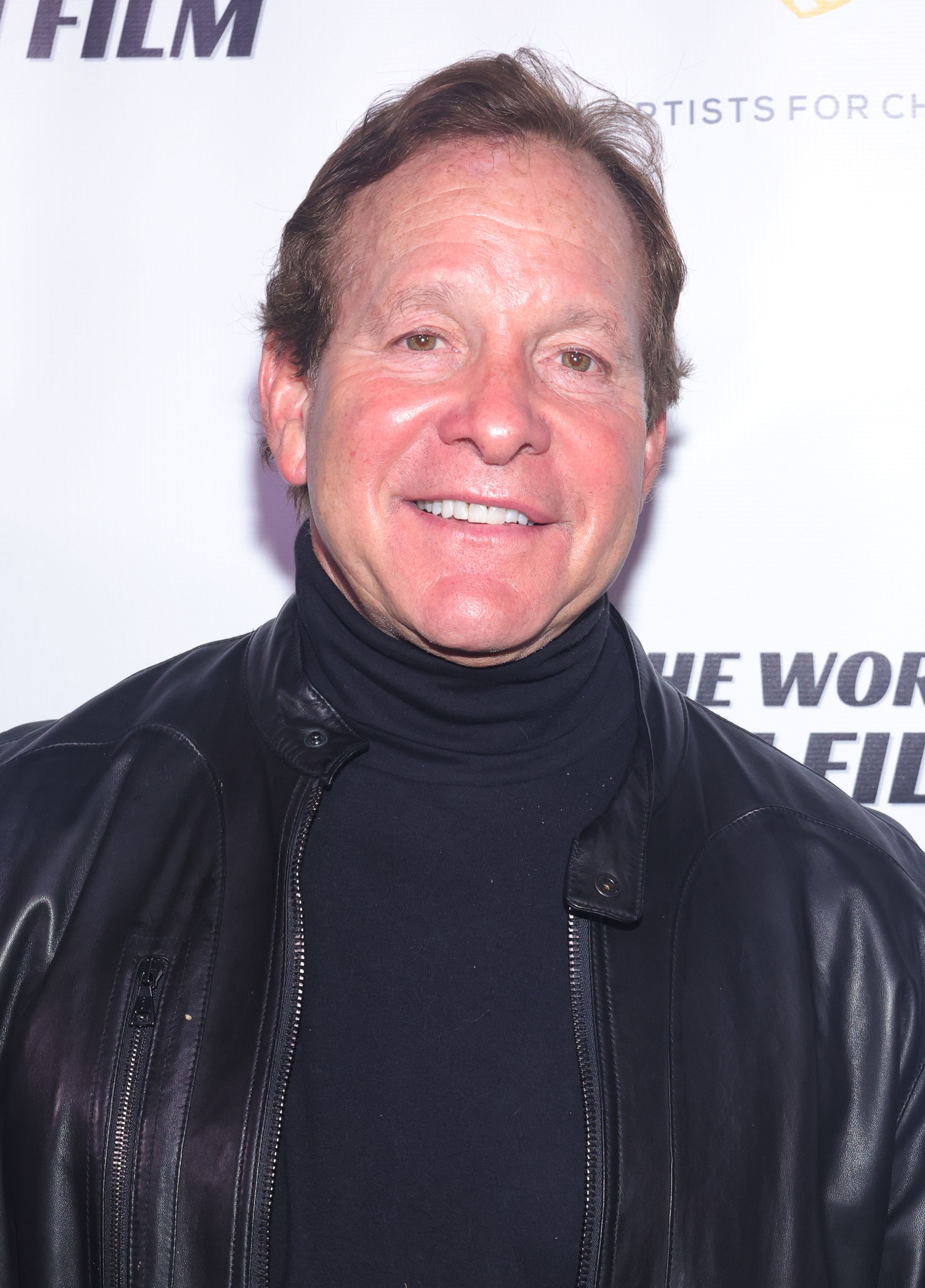Think about tucking your kids into mattress at night time, telling them you like them, however not with the ability to assure they’re going to get up tomorrow, realizing the world is on the sting of a nuclear warfare. Think about that warfare comes, and the once civilized society you knew has been destroyed. Individuals wander with out hope, pores and skin hanging off their faces, hair falling out, determined for even the smallest scraps to outlive, although radiation is killing them each second they breathe. In every single place you look is devastation, our bodies… demise.
This isn’t a nasty dream or an unprecedented state of affairs, as Hiroshima and Nagasaki can show, however the premise of 1983’s The Day After, a harrowing story that portrays the actual impact a nuclear launch would have on the common American. Up to date critiques of the made-for-TV drama present simply how divisive of a time this was surrounding the controversy round nuclear warfare and the dramatic impact it had on the American folks. It particularly had a drastic impact on the President of the time, Ronald Reagan, as its disturbingly real looking portrayal of human struggling would follow anybody.
‘The Day After’ Was So Influential It Modified Reagan’s Nuclear Coverage
The context of The Day After was that the controversy round nuclear weapons was as divisive as ever, with practically everybody being pressured to contemplate the impacts of such a battle. Up to date critiques from The New York Times and The Washington Post show this polarization of opinion. While The Put up argued that “there’s sufficient insanity in any week’s value of front-page headlines to make the “Day After” speculation believable” and that “everybody ought to watch it… nobody will be capable of neglect it”, The Occasions panned the movie, saying that “By any typical customary… it’s horrible.” Nonetheless, the affect it had on society is obvious, and no clearer than after we take a look at the way it modified the nuclear coverage of Ronald Reagan.

Associated
Earlier than watching the movie, Reagan had a coverage of “peace through strength” and appeared nearly accepting {that a} nuclear warfare was inevitable, and reasonably than forestall one, the US ought to be as well-prepared, militarily, as they could possibly be. After watching the movie, as Professor David Craig from the College of Southern California defined by way of Time Magazine, Reagan wrote that it left him “drastically depressed”, and a later assembly with army members describing nuclear fallout much like the movie made him understand that nuclear warfare could possibly be the “finish of civilization as we all know it.” That is termed “Reagan’s Reversal” by historians, as he toned down his stance on the usage of nuclear weapons and his disdain of the Soviet Union in his second time period, and is credited by some with serving to to ease tensions with the Soviet Union.
‘The Day After’ Makes use of Disturbing Imagery To Painting the Human Struggling of Nuclear Struggle
The Day After’s use of human struggling is so efficient because it highlights precisely what actual folks would undergo, reasonably than the insignificant particulars that world leaders care a lot about. Together with the disturbing images — infants burned black and impaled, everybody’s hair falling out, and people turned to skeletons straight away — there are fixed reminders that the characters and viewers don’t know who fired first, and extra importantly, it doesn’t matter while you’re simply making an attempt to outlive. Maybe the President’s tackle within the movie additionally confirmed Reagan how he is perhaps seen after launching weapons, because the scene within the film is extremely highly effective and infuriating. The President provides such little info that even these listening, who earlier than the warfare appeared politically , comparable to a younger lady, are annoyed by the actual fact he targeted on how the U.S. wouldn’t give up, reasonably than how folks have suffered.
I consider that The Put up is on the proper aspect of historical past. This can be a movie that everybody, together with each world chief, ought to watch. In a time when leaders seem to have forgotten the results of their phrases, The Day After‘s portrayal of a nuclear apocalypse forces everybody to witness what might occur if tempers are usually not quelled. Definitely, that is what it did for Ronald Reagan and had an identical affect on many in society, and even those that disagreed with the movie felt compelled to jot down about it, sparking dialog. In the long run, it’s all the time in reminding folks simply how they could be straight affected by one thing that may depart the best affect, not concepts of nationwide supremacy or superiority.
The Day After is accessible to stream on Day by day Movement.

The Day After
- Launch Date
-
November 20, 1983
- Runtime
-
127 Minutes
- Writers
-
Edward Hume
-

Jason Robards
Dr. Russell Oakes
-

JoBeth Williams
Nurse Nancy Bauer
-

Steve Guttenberg
Stephen Klein
-

